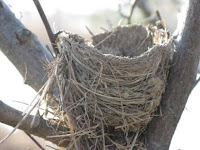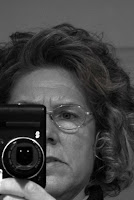
For this weeks assignment take a well composed photo and enhance it using Photoshop or PaintNet. I decided to use the fill flash feature which allowed me to adjust the hue and saturation ratio. It lightened the subject and created more shadows. My nephew, Matthew loves to read and most generally is engrossed in a novel.

I tried another feature called Graphic Pen it allowed me to give this photo a new look. I increased the stroke length to 15 and opted to have them come from the right side of the photo. Changing the light/dark composition to 50 which added another dimension giving it more contrast. I really like my new free download tools.

















